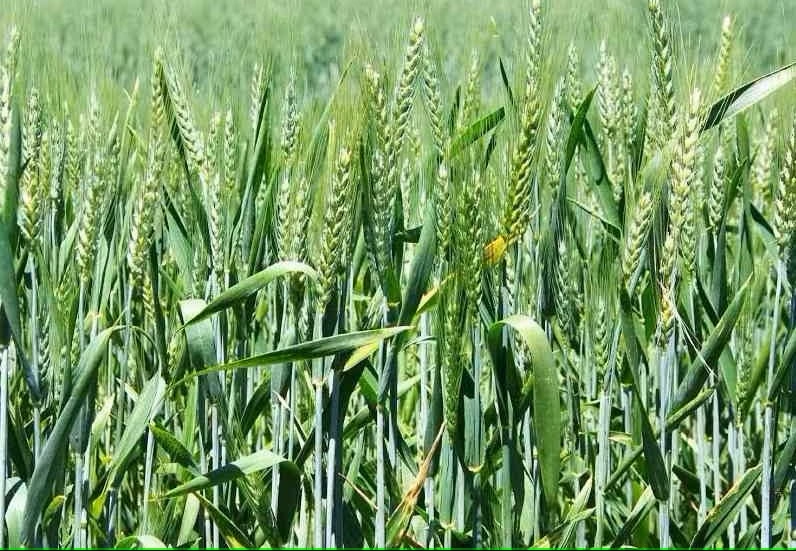
As Zimbabwe’s agricultural sector emerges from another busy summer harvest and prepares for the winter wheat season, the latest updates reveal both resilience and promise in the face of persistent challenges. With maize stocks in the private sector standing at 48,293 metric tonnes and grain deliveries continuing to flow into the Grain Marketing Board (GMB), the country’s Strategic Grain Reserve now boasts a healthy 80,208 metric tonnes, a sign of improved post-harvest management and marketing efficiency.
Data released on 5 June 2025 shows a notable uptick in farmer deliveries and overall output, underscoring the government’s ongoing efforts to stabilise grain supply chains while incentivising farmers to increase production. The 2024-2025 summer crops marketing season is on an upward trend, with robust contributions from grains, oilseeds, and tobacco, each contributing to the nation’s economic lifeline.
Tobacco, in particular, remains a star performer. As of 8 June 2025, over 272.7 million kilogrammes had been sold, raking in an impressive US$917.6 million, an extraordinary 41% increase from the same period last year. This growth is not only a testament to the hard work of the country’s 135,000 tobacco farmers but also to the positive ripple effects on household incomes, community development, and national revenue.
Meanwhile, the cotton marketing season officially kicked off on 9 June, with the 2025 season projected to reach 61,000 metric tonnes, nearly quadrupling last year’s 13,600 metric tonnes. With price points set at US$0.41/kg for Grade A, US$0.37/kg for Grade B, US$0.34/kg for Grade C, and US$0.30/kg for Grade D, the industry is poised to inject substantial earnings into the rural economy. Notably, strict payment and trade guidelines are in place to protect farmers’ interests: no cotton bales will be allowed to leave buying points until farmers have been fully paid for all previous season’s deliveries, including any grade differentials.
The government’s commitment to facilitating timely payments for all commodities underscores a strategic priority to strengthen rural economies and build trust in the marketing system. The assurance of financial liquidity at the farm gate is critical for sustaining production momentum and incentivising farmers to continue investing in their crops.
On the winter front, the 2025 wheat production plan is already in full swing. Planting progress stands at an impressive 105,663 hectares against the national target of 120,000 hectares, setting the stage for an anticipated 600,000 metric tonnes of wheat, an essential contribution to the nation’s food security. Barley production is also making steady strides, with 6,115 hectares planted (94.1% of the target) and an expected yield of 39,000 metric tonnes. Potato farming continues to expand as well, with 3,417 hectares planted out of a targeted 8,750 hectares, expected to produce 236,000 metric tonnes of the crop.
The 2025 marketing season has also brought a recalibrated focus on farmer payment systems. A 70:30 ratio in US dollars and ZiG (Zimbabwe Gold) currencies respectively aims to strike a balance between market liquidity and monetary stability. This nuanced approach is designed to ensure that farmers are fairly compensated while supporting the broader goal of a stable currency regime.
Analytically, the evolving crop marketing framework, supported by robust tobacco sales, surging cotton deliveries, and steady progress in wheat planting, reflects a growing confidence in Zimbabwe’s agricultural sector as a driver of inclusive economic growth. With household incomes rising and strategic investments in farming communities taking shape, the sector is emerging as a cornerstone of the country’s Vision 2030 development ambitions.
As the nation moves deeper into the winter cropping cycle, the focus now shifts to ensuring the continued availability of critical inputs, the efficiency of distribution networks, and the timely disbursement of payments to farmers. Only then can the momentum from the summer harvest carry forward into a sustainable and productive




